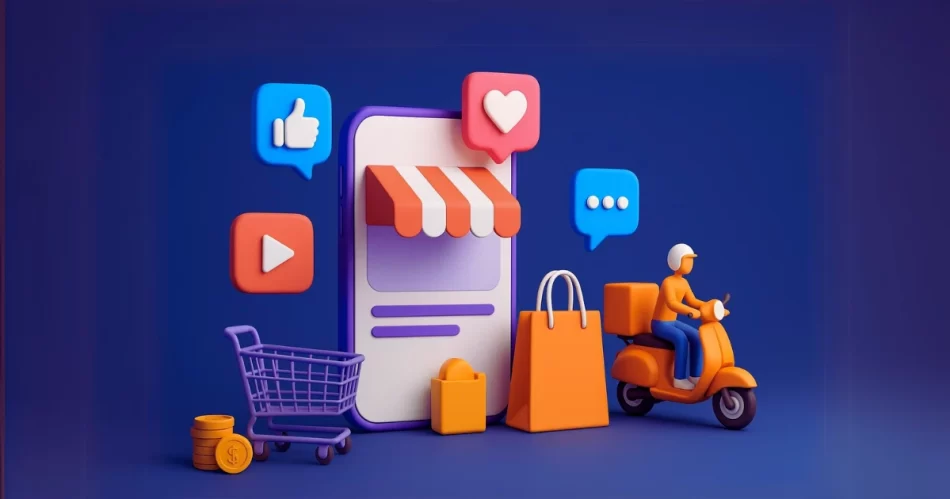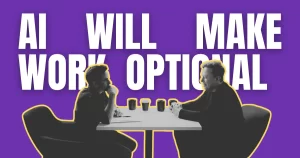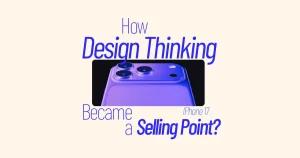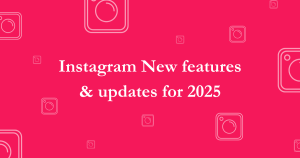Social Media Marketing Shift We Didn’t See Coming
What started as a brand awareness tool is now reshaping how people shop.
Social media marketing has evolved from an attention game to a full-fledged commerce engine. And in a tech-savvy generation, it’s no longer just about going viral — it’s about turning scrolls into sales. With Gen Z leading the charge, platforms like TikTok, Instagram, and even Pinterest are no longer just hosting content. They’re powering transactions.
So the big question is:
Is social media marketing still just a marketing tool, or has it become the future of e-commerce?
Let’s dive into what this transformation really means for platforms, businesses, and conversions.
1. From Attention to Action: The Rise of Quick Commerce
Social media Marketing used to be about reach. Now, it’s about revenue.
Today’s platforms aren’t just promoting products; they enable purchases without ever leaving the app. Features like Instagram’s product tags, TikTok Shop, Pinterest’s visual search, and even YouTube’s shopping integrations signal a shift from promotion to point-of-sale.
Stat check: social media commerce crossed $1.3 trillion globally, and is expected to grow by over 30% YoY. (Source: Accenture)
This is quick commerce in action — products discovered, considered, and purchased within minutes, sometimes seconds.
2. Gen Z: The Generation That Shops While Scrolling
No demographic is accelerating this shift faster than Gen Z.
They don’t go to websites to shop, they discover what they want through content. TikTok hauls, Instagram Reels, influencer stories, that’s where purchasing decisions happen now.
Fact check: 48% of Gen Z shoppers have made at least one purchase directly through social media platforms in the past year.
This generation expects seamless, mobile-first, in-feed shopping experiences. They don’t just follow brands, they expect brands to live in the platforms they use, speak their language, and sell where they scroll.
3. Social Platforms Are Becoming E-Commerce Ecosystems
It’s not just about selling products through ads. Social platforms now offer end-to-end shopping solutions:
- TikTok Shop: Enables in-app checkout, live shopping, and affiliate programs
- Instagram & Facebook Shops: Integrated storefronts and product tags in content
- Pinterest Shopping: Visual discovery linked to ecommerce integrations
- YouTube Shopping: In-video product linking and livestream sales
These platforms have become mini-marketplaces with better targeting, more data, and faster conversions than many traditional e-commerce sites.
The result? Social media marketing is no longer about driving traffic to your store. It’s about turning the platform into your store.
4. What This Means for Brands
Here’s the catch: most businesses are still using social media for brand awareness, while the leading brands are already using it to drive conversions.
The shift to commerce means businesses must:
- Treat content as a storefront: Every post, story, and video can — and should — have a call to action or shoppable element
- Integrate with platform-native features: Use product tags, in-app checkout, and influencer storefronts
- Create content with conversion in mind: Product demos, user-generated content (UGC), unboxings, and live tutorials outperform generic ads
- Leverage creators as sales channels: Influencers with micro-audiences often drive more trust and purchases than traditional ads
Case Example:
A skincare brand using TikTok Shop saw a 3x increase in conversion when it allowed creators to link directly to in-app checkout instead of linking to an external store.
5. How to Attract More Conversions from Social Commerce
To succeed in this new landscape, businesses must stop thinking like advertisers and start thinking like e-commerce brands:
Strategies:
- Enable product tagging in all content: Let users buy what they see
- Use shoppable live streams: Especially effective for drops and limited offers
- Collaborate with creators who sell, not just promote
- Test in-app checkout for faster, fewer-step conversions
- Monitor platform-specific buying behaviour: What works on TikTok won’t work on Instagram, tailor accordingly
- Use AI for segmentation and retargeting: Serve follow-up content to viewers who engaged but didn’t purchase
Conclusion: From Tool to Trend to Total Takeover
Social media marketing is no longer a supporting act in your digital strategy.
It is the strategy.
From awareness to conversion, discovery to purchase, the entire buyer journey can now live within a single scroll. Brands that understand this shift and build around it will win. Those who treat social as a “top-of-funnel tool” will lose relevance fast.
Final takeaway:
You’re not just marketing on social anymore. You’re selling. Directly. Immediately. Natively.
And in the world of quick commerce, whoever owns the scroll owns the sale.







